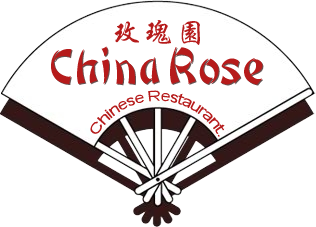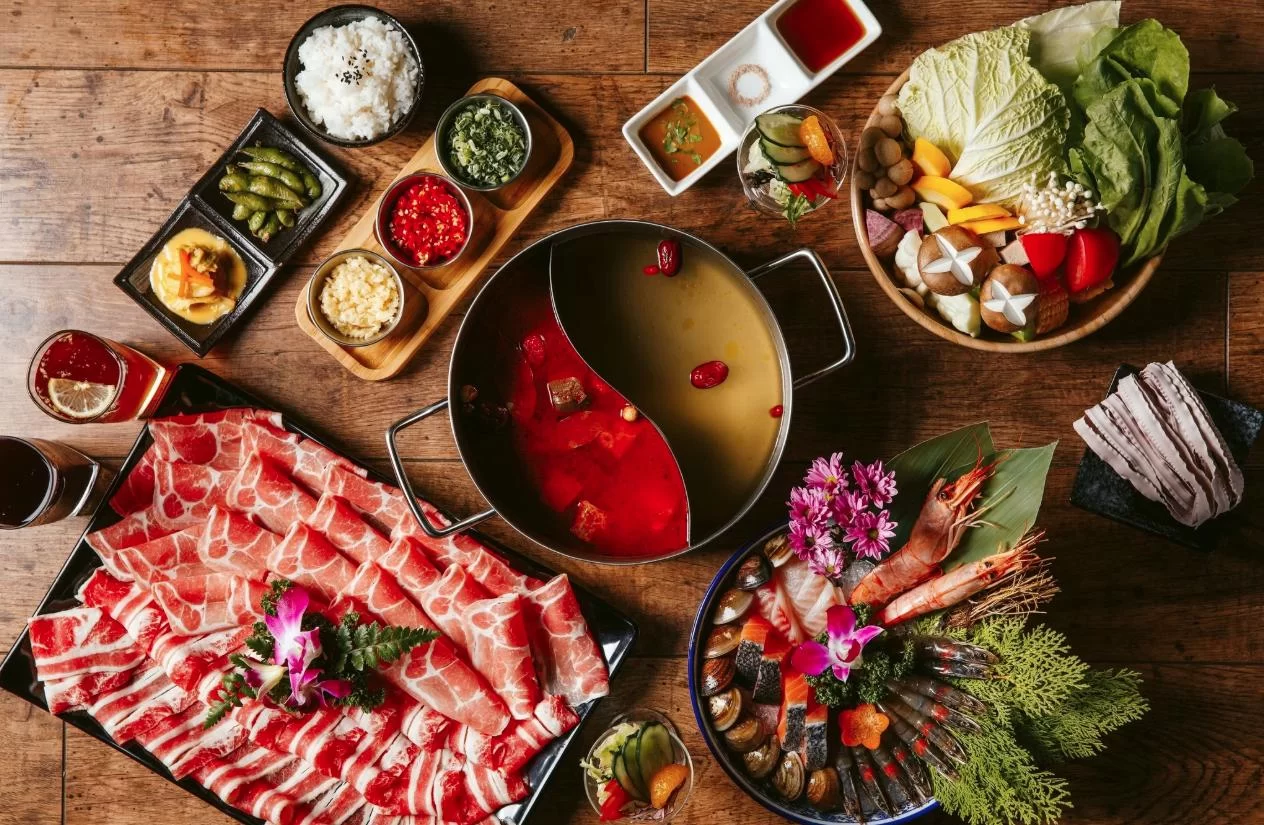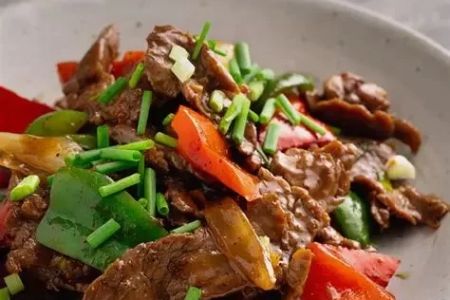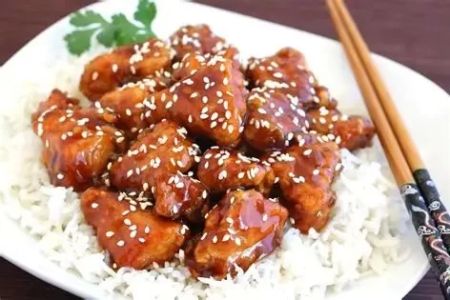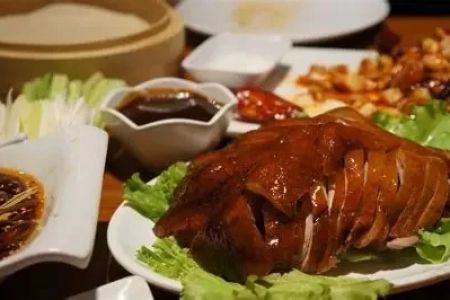- 1 - understanding-chinese-greens
- 2 - preparing-bok-choy
- 3 - cooking-gai-lan
- 4 - other-popular-chinese-greens
- 5 - techniques-for-flavor-and-texture
- 6 - real-kitchen-examples
- 7 - bringing-it-to-your-table
Understanding Chinese Greens
Chinese greens, from tender bok choy to robust gai lan, are central to Asian cuisine. These vegetables aren’t just side dishes; they carry cultural meaning and are loved for their balance of crunch, flavor, and nutrition. Learning how to cook Chinese greens unlocks an easy way to bring healthy, flavorful meals to your table. They are high in vitamins A, C, and K, making them both a culinary and health staple. Whether you’re new to Asian cooking or looking to expand your kitchen skills, these greens are a delicious place to start.
Preparing Bok Choy
Bok choy is perhaps the most well-known of Chinese greens. Its crisp white stalks and tender green leaves make it ideal for stir-fries, soups, or even light steaming. When preparing bok choy, rinse carefully between the stalks to remove dirt. A simple recipe is stir-frying it with garlic and a dash of soy sauce until the leaves are just wilted and the stalks remain crunchy. Families often enjoy bok choy in broth-based noodle soups, where it absorbs savory flavors while providing freshness and balance to the dish.
Cooking Gai Lan
Gai lan, or Chinese broccoli, is a staple in Cantonese cooking, known for its slightly bitter taste and thick stalks. The most iconic preparation is gai lan with oyster sauce: lightly blanched and then drizzled with a glossy, savory sauce. For home cooks, stir-frying gai lan with ginger and garlic also creates a deeply satisfying dish. The key is not to overcook; keeping its vibrant green color and a slight crunch makes it far more appealing. Restaurants often serve it as a simple yet elegant side, proving that sometimes the best dishes are the simplest.
Other Popular Chinese Greens
Beyond bok choy and gai lan, Chinese cuisine celebrates many greens: choy sum with its delicate yellow flowers, amaranth greens known as yin choy, and napa cabbage, essential for hotpots. Each has unique cooking methods. Choy sum is often quickly sautéed, while napa cabbage can be braised in soups or stews, soaking up rich flavors. Exploring these options not only broadens your palate but also connects you to centuries-old traditions of cooking and sharing meals.
Techniques for Flavor and Texture
The best way to cook Chinese greens is often the simplest: quick stir-frying with aromatics like garlic, ginger, or scallions. Steaming also preserves their natural sweetness, especially when paired with light sauces. For extra depth, many cooks drizzle sesame oil just before serving. Balancing flavors—salty soy sauce, sweet oyster sauce, or spicy chili oil—transforms humble greens into standout dishes. Mastering these techniques ensures your greens are never bland but always memorable.
Real Kitchen Examples
During the rise of home cooking trends, many food enthusiasts shared viral videos of simple stir-fried bok choy recipes, showing that even novice cooks can make restaurant-quality dishes. One popular story features a home chef who impressed her guests with gai lan and oyster sauce at a holiday dinner, proving that these greens can shine on any occasion. These examples highlight how cooking Chinese greens is not only accessible but also rewarding, as it connects people through shared meals and flavors.
Bringing It to Your Table
Cooking with Chinese greens is about more than recipes—it’s about embracing a lifestyle of health, flavor, and cultural connection. By learning these simple methods, you can create dishes that feel both comforting and exciting. Outlets like Chinese Food provide the best products and resources for those who want to explore authentic flavors at home. Whether you’re making a quick stir-fry for dinner or preparing a feast for friends, these greens deserve a place on your table.
